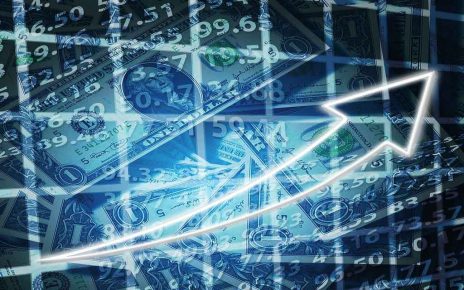- The annual PCE price index figure revealed the smallest increase in almost three years.
- After the inflation report, bets for a June rate cut rose to 62%.
- There was an increase in jobless claims last week, showing weakness in the labor market.
Interest futures rose on Thursday after US inflation came in line with expectations, leading to a decline in Treasury yields. Unlike the consumer and producer inflation figures, the personal consumption expenditure was not surprising. As a result, investors are more convinced that the Fed will start cutting rates in June. Additionally, there was evidence of weakness in the labor market, pushing up bets for a June rate cut.
After the release of the inflation report, longer-term Treasury yields fell. Meanwhile, the shorter-term 2-year yield, which reflects rate cut expectations, was mostly flat.
US inflation (Source: Bureau of Economic Analysis)
Notably, the US PCE price index rose by 0.3% in January, while the core PCE price index rose by 0.4%. Despite these increases, investors focused on the annual figure, which revealed the smallest increase in almost three years. This is a sign that inflation is gradually easing, paving the way for Fed rate cuts.
Policymakers have recently emphasized the need for evidence that inflation is in a downtrend. Moreover, they have stated that there is no rush to cut rates. Although the report came in line with expectations, there were some indications that inflation was still high. Notably, the cost of services increased by the most in twelve months. As a result, there is still uncertainty about the timing of the first Fed rate cut. Still, after the report, bets on a June rate cut rose to 62%.
A separate report revealed an increase in jobless claims last week, showing weakness in the labor market. Labor market strength is one of the main reasons why the Fed has hesitated to cut interest rates. A hot labor market shows high demand, which could increase money in the pockets of consumers. This, in turn, leads to increased consumer spending, which drives inflation. Therefore, the Fed considers any indications of weakness in the labor market as progress in the fight against inflation.
Between January and February, continuing claims in the US have risen. Therefore, the next employment report might reveal an increase in the unemployment rate. This would allow the Federal Reserve to reverse its monetary policy. Consequently, bets for a June cut would likely increase, further supporting interest futures.





